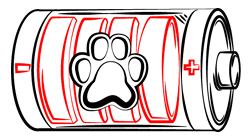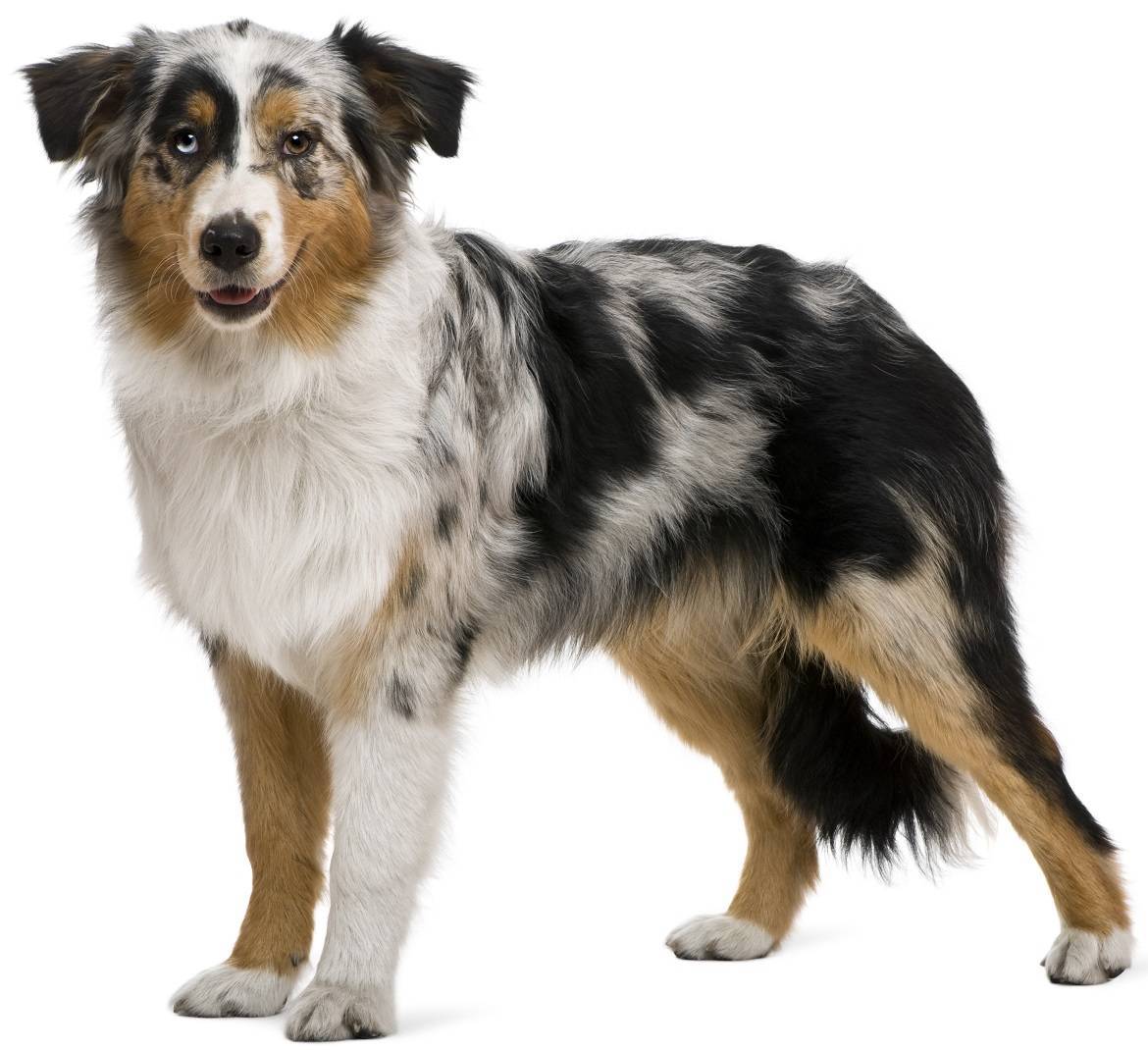
Paws ‘N’ Pups Quickview
Size
| Energy Level
| Trainability
| Paws ‘N’ Pups Rank
|
Characteristics
| Physical Characteristics: Height: 18-23” Weight: 30-70 lbs. Energy Level: Very High | Health & Longevity: 13-15 years Breeders screen for the following conditions:
|
The American Kennel Club recognizes the Australian Shepherd in the following colors:
| All these colors can have tan points, white markings, or both. Aussies can also be found in these colors:
|
Allergies are fairly common in Aussies, which can range in severity from minor localized itching to more serious cases that can develop into full-blown bacterial infections. Epilepsy is also seen in the breed. Aussies and other collie breeds often react adversely to some drugs such as ivermectin, Imodium A-D, flagyl, and some anesthetics. A mutant gene (mdr1) is responsible for these reactions. A DNA test offered by the Washington State University Veterinary School can identify whether a dog has this gene. These drugs should be avoided until this test is run to determine whether the dog carries this gene.
Inherited deafness is also fairly common in the breed, and should be checked in dogs that are mostly white, especially on the head. Merle dogs bred to one another are a known risk factor for producing deafness. Blindness can affect some dogs as well. Also, dogs lacking in pigment are at risk of sunburn.
Temperament & Train-ability
Aussies are active, playful, affectionate and intelligent dogs. Generally good-natured and social, they can be a good choice for family dogs; however, one should carefully consider all of the Aussie’s inherent traits before deciding to add one to your family. These dogs are nothing if not an example of diversity. Social with people and dogs alike, they can also be protective. Exuberant yet highly sensitive, Aussies can easily become cautious and even fearful of things that are not part of their daily lives, including people. This necessitates early and ongoing socialization to prevent fear of strangers. This socialization must be continued from the time they are brought home until they are out of adolescence, usually around 18 months. If that sounds like way too much trouble, the Aussie is probably not the dog for you, as this is only the beginning of the time and effort required to live with an Aussie. Like many herding breeds, Aussies often express their opinions with barking…sometimes a lot of barking!
Despite the fact that they have a very weatherproof coat, Aussies are unsuited to spending long periods of time alone, either in the yard or house. Their high need for social interaction and activity must be met or they will seek an outlet elsewhere, which is likely to be very undesirable. These dogs have high prey drive, high exercise needs (both physical and mental), and a high need for some form of a job. If these needs go unmet, Aussies can easily succumb to the frustration of boredom, which usually expresses itself in undesirable ways such as barking, destructive tendencies, herding children or other animals, and escaping to run. Even with proper outlets, Aussies can exhibit behaviors typical in many herding breeds: mouthiness, nipping at heels, and barking. Their background of helping to look after stock means that many can be protective of their home and people. These are not dogs for novice owners, nor are they a good choice for apartment or condo dwellers.
High intelligence combined with high sensitivity makes for a dog that requires some skill and finesse to raise and train successfully. Trainability is exceptionally high in this breed, but a heavy-handed approach will not get you where you want; the sensitivity so common in Aussies requires a positive, patient and steadfast approach. With positive reinforcement methods, most Aussies blossom and are quite genius. They are highly competitive in a variety of dog sports, including competitive obedience, agility, flyball, herding, and many are employed at assistance dogs, search and rescue and therapy dogs. Those willing to invest the time and energy required to train and exercise an Aussie will have a loyal partner to share adventures with.
Grooming
The Aussie’s pretty coat is no small part of their charm. Considering it’s beauty, it is relatively easy to care for. Weekly brushing to keep mats at bay and an occasional bath will keep your Aussie looking fabulous. Housedogs will tend to shed all year, but even they will drop a lot of coat in the spring and fall. Extra time spent brushing and raking out undercoat during these periods will reduce the amount of fluff that ends up in your house. Ears must be cleaned regularly, and toenails may need to be trimmed. Teeth should also be checked and cleaned as necessary.
Diet
The amount of food an Aussie will require can vary depending on age, activity level, and type of food fed. On average, Aussies will eat about 1.5-2.5 cups of food. This amount should be fed in two meals per day; free feeding should be avoided to keep your Aussie at a healthy weight. A high quality food will support your active Aussie through all of life’s adventures. If allergies surface, a hypoallergenic food may be needed. At such times, some trial and error may be needed to find the right food for your dog. To avoid overfeeding during training, you may use a portion of your Aussie’s daily diet for training treats. A constant supply of fresh, clean water must always be available.
Looking for an Australian Shepherd?
 Find An Australian Shepherd Breeder |  Australian Shepherd Puppies For Sale | 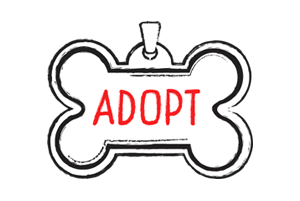 Adopt An Australian Shepherd |
Cost
Moderately priced, Aussies can be found from $600 – $1,200. Breed rescues are active and provide another source, particularly attractive to people who wish to help a homeless dog and wish to avoid the challenges of raising an Aussie puppy. Ongoing expenditures include the typical supplies, food, and regular vet visits. Additionally, you may need to invest in an extra supply of chew and food-dispensing toys as well as training classes to keep your busy Aussie occupied and healthy.
Paws ‘N’ Pups Ranking
Paws ‘N’ Pups ranks every breed out of 4 with 1 being easiest to integrate into your life and 4 being the toughest – The lower the ranking the better.
Ranking takes into account a few basic factors such as cost, skill level needed, high vs low maintenance, and how critical regular training is to success. The Aussie rates a 3.5, due to the skill level needed to raise and keep them satisfied, their need for ongoing training and mental stimulation, and the grooming they require.
Breeds Similar To Australian Shepherd
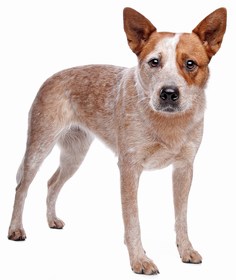 Australian Cattle Dog | 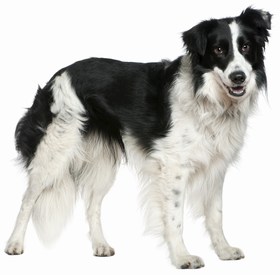 Border Collie | 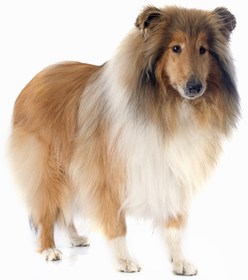 Collie | 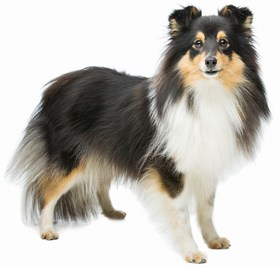 Shetland Sheepdog |


